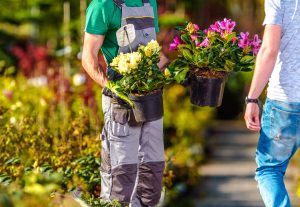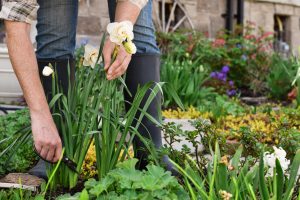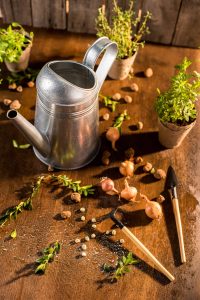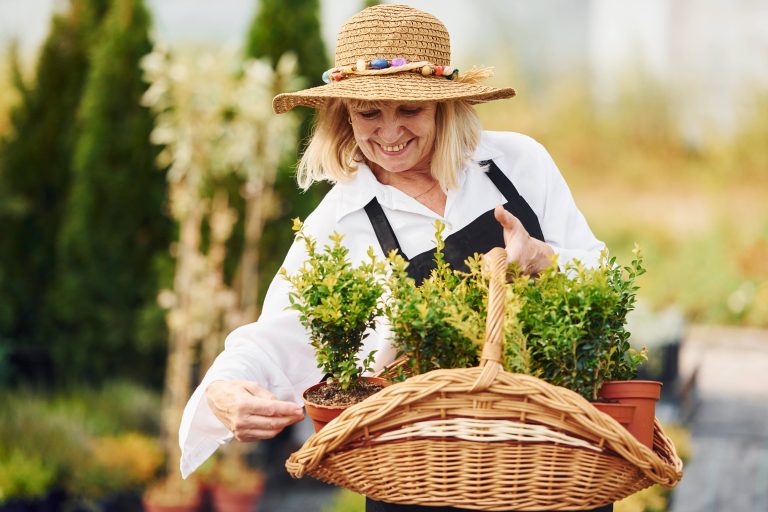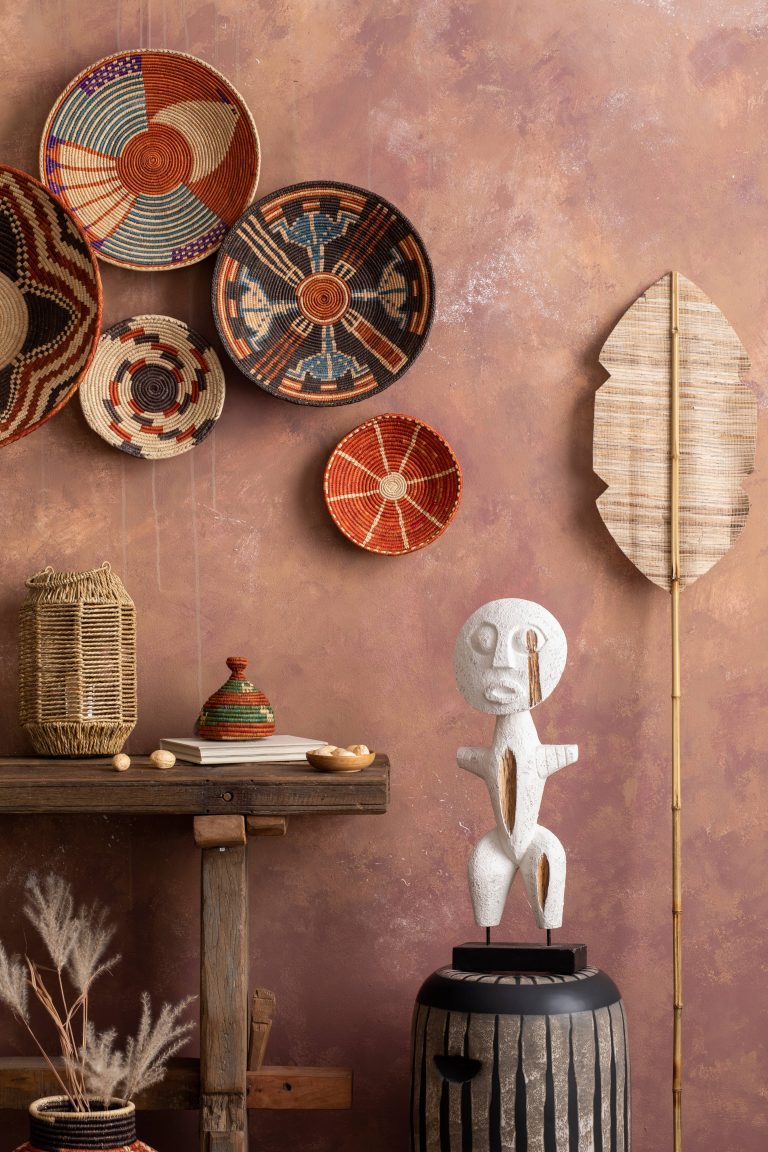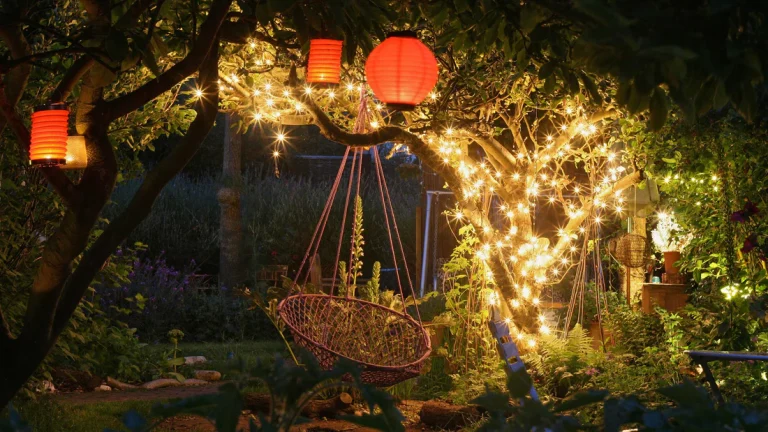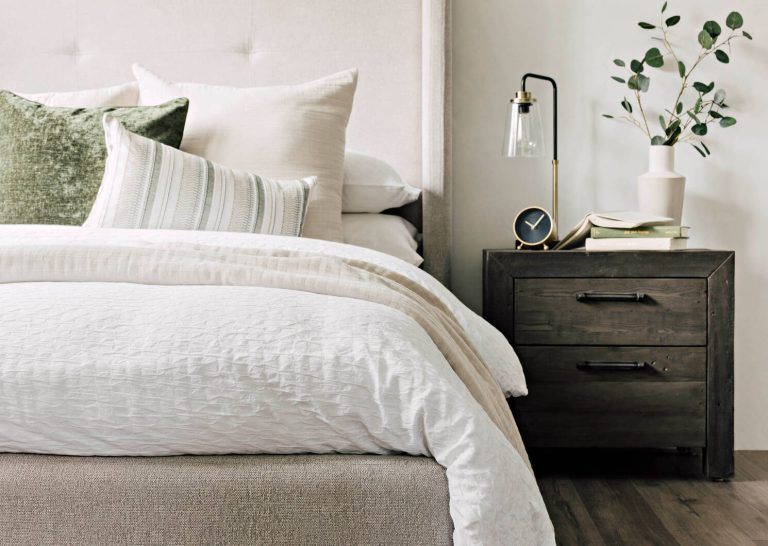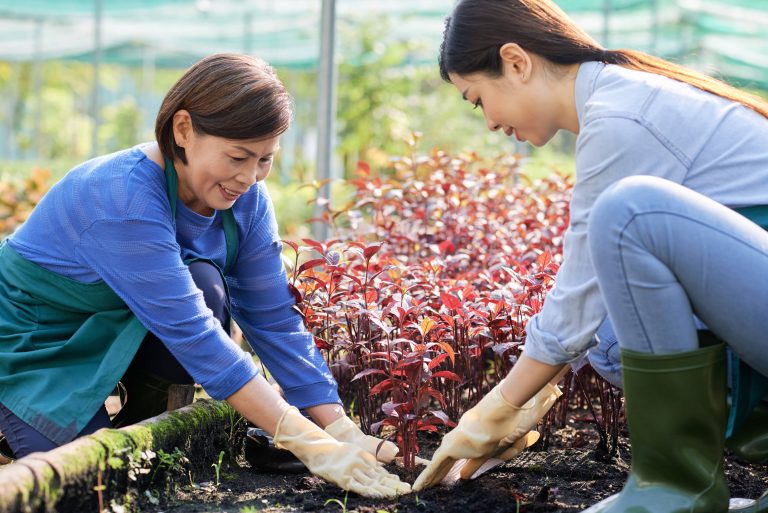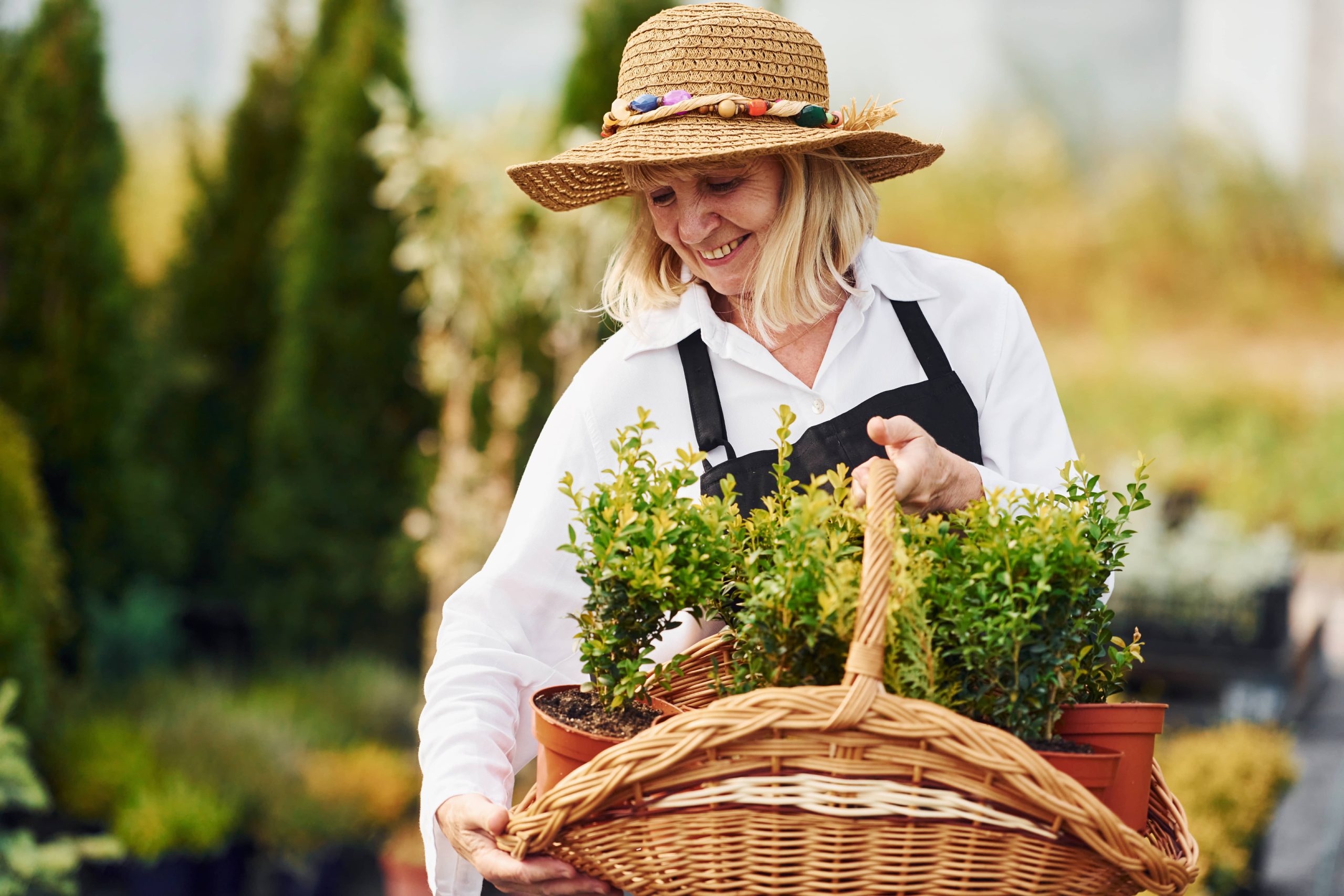
Container gardening has long been cherished by both novice and experienced gardeners for its versatility, convenience, and accessibility. Whether you live in an urban apartment with limited space or simply want to adorn your backyard with vibrant planters, container gardening can offer a lush, rewarding experience. Successfully cultivating a garden in pots requires some strategic planning and thoughtful execution to ensure plants thrive in a confined environment. Here, we’ll cover essential strategies to help you become a thriving container gardener.
1. Selecting the Right Containers
One of the first decisions you’ll make is choosing appropriate containers. The material, size, and shape of your pots will significantly impact plant growth. Consider these elements:
– Material: Options include clay, terracotta, plastic, metal, and wood. Each material has its advantages: clay and terracotta provide good drainage but can dry out quickly, whereas plastic is lightweight and retains moisture well but might not have the same aesthetic appeal.
– Size: Larger containers provide more soil volume, which helps retain moisture and nutrients, crucial for plant growth. Small pots can lead to root restriction and frequent watering needs. Ensure your container is adequate for the plant’s adult size.
– Drainage: Adequate drainage holes are essential to prevent root rot. If your chosen container lacks them, consider drilling a few holes yourself.
2. Choosing the Right Soil
The foundation of a successful container garden lies in the soil mix. Container plants need well-draining soil that retains moisture yet allows air to reach the roots.
– Soil Mix: Purchase a high-quality potting mix specifically designed for containers. These mixes often contain peat moss, vermiculite, and perlite, promoting excellent drainage and air circulation.
– Enhancements: Adding organic matter such as compost can improve moisture retention and provide nutrients. If you are planting water-loving species, mix in water-absorbing crystals to enhance moisture retention.
3. Understanding Plant Selection
Selecting the right plants is crucial for a flourishing container garden. Consider plant compatibility, size, and maintenance needs.
– Compatibility: Group plants with similar light and water requirements. Combining drought-tolerant succulents with thirsty herbs in one pot can lead to suboptimal growth.
– Proportion and Size: Consider the pot size and plant’s mature size. Choose dwarf or compact varieties that naturally suit smaller spaces, like ‘Patio’ tomatoes or bush beans.
– Visual Appeal: For aesthetic arrangements, apply the “thriller, filler, spiller” method:
– Thriller: Choose a tall, eye-catching plant as a focal point.
– Filler: Select medium-height plants to add volume and fill space.
– Spiller: Incorporate trailing plants that cascade over the pot’s edge for a dramatic effect.
4. Positioning and Sunlight
Understanding your space and its light conditions can make or break your container garden. Properly positioning your containers is key to meeting your plants’ light requirements.
– Full Sun: Locate sun-loving plants in areas receiving at least 6-8 hours of direct sunlight. This area might be a south-facing balcony or patio.
– Partial Shade: Adjust placement for plants needing less direct light, perhaps next to a wall or under the partial shade of a tree.
– Mobility: One of the benefits of container gardening is mobility. Rearrange pots as needed with seasonal changes or to create balance in your garden design.
5. Watering and Fertilization
Containers require more frequent watering and fertilizing than garden beds, due to their limited soil volume.
– Watering: Containers dry out faster, especially in hot, windy weather. Check soil moisture regularly and water deeply so excess flows through the drainage holes. Self-watering pots can help reduce watering frequency.
– Fertilizing: Container soils deplete nutrients more rapidly, so consistent fertilization is crucial. Use a balanced, slow-release fertilizer at planting and a liquid fertilizer every few weeks during the growing season to maintain plant health.
6. Seasonal Maintenance and Care
To keep your container garden vibrant and healthy, attention to maintenance is essential.
– Pruning and Deadheading: Regularly prune spent flowers and deadhead to encourage new growth and prevent disease spread.
– Replanting and Refreshing Soil: Each year, consider replenishing the top layer of soil with fresh mix and revisit your plant choices to adapt to changing conditions and your evolving tastes.
– Winter Care: Protect perennials in pots from harsh winter conditions by moving them to sheltered locations or providing insulative covers.
Conclusion
Container gardening offers endless possibilities for creativity, convenience, and fulfillment. By choosing the right containers, soil, and plants, understanding light and water needs, and committing to regular maintenance, you can cultivate a thriving garden in any space. Embrace the flexibility of container gardening to create beautiful, productive plant arrangements, whether on your patio, balcony, or scattered throughout your landscape. Remember, the joy of gardening lies in experimentation, exploration, and the pleasure of nurturing life from seed to harvest.

